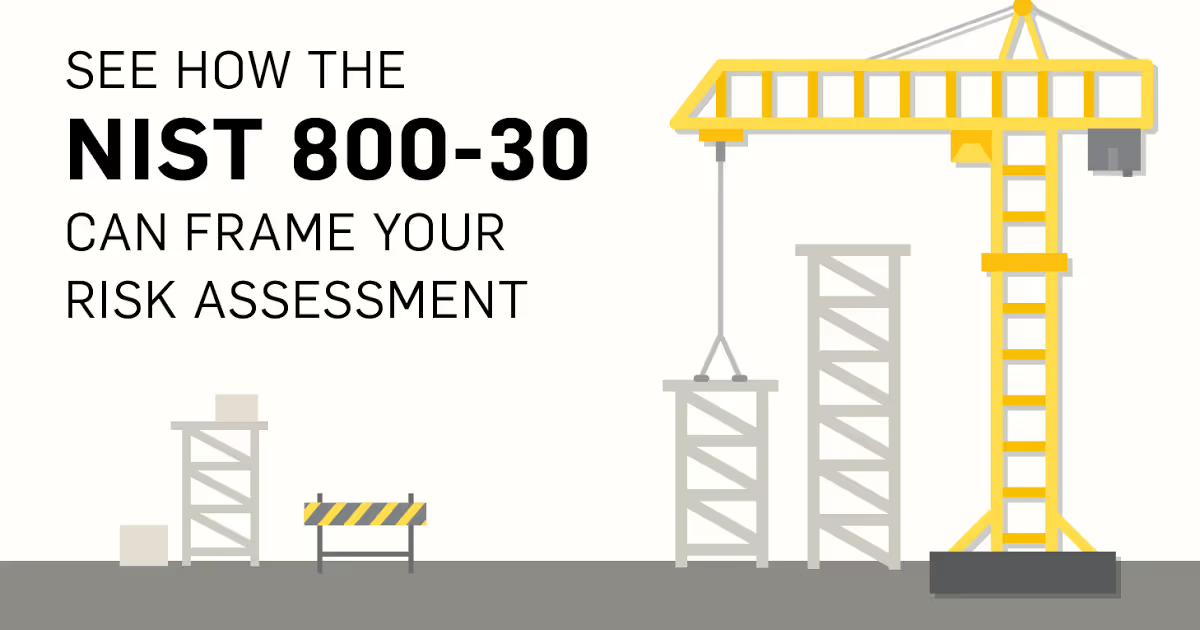
Do you know where your business is struggling in security? Are you compliant with all government and financial mandates? Do you know where to get started?
Get started with SecurityMetrics NIST 800 30 risk assessment here
While risk assessments are a good place to start in securing your business’s data, many businesses aren’t sure where to start with even a risk assessment. It can be difficult to put together a list of all possible risks a business may have in an organized, understandable document.
SecurityMetrics noticed this problem and looked into what could be done to help businesses put together their risk assessments quickly and efficiently. That’s where the NIST 800-30 Risk Assessment comes in.
This is a framework created by the NIST to conduct a thorough risk analysis for your business. It meets the requirements for many compliance mandates, like PCI DSS, HIPAA, EI3PA, GBLA, FISMA, and SOX.
See also: The Basics of a Risk Assessment: Why Your Business Needs One
To manage and address risks in your business, use this assessment to guide your efforts moving forward.
Identify the purpose and scope of the assessment. Determine how and where sensitive data is created, transmitted, and stored
Identify the type of threat sources your organization faces (e.g. adversarial, accidental, structural, environmental) and the events the sources could trigger (e.g. phishing, power outage, etc.)
Through identifying threats, you find vulnerabilities, which can be associated to information systems or environments where those systems operate. This will also identify predisposed conditions to consider during the risk assessment
Using different tiers, determine the likelihood of threat events occurring and causing adverse impacts
Once likelihood of occurrence is determined, use tiers to determine the impact of threat events
Combining the likelihood and the magnitude of the impact of a threat determine the risk to the organization
Ensure the appropriate people inside the organization know the appropriate risk-related information to inform and guide decision-making
Monitor risk factors identified in the risk assessment and update the risk assessment as threats, vulnerabilities, and risks change
When you come to us for your NIST 800-30, you get additional benefits, including: